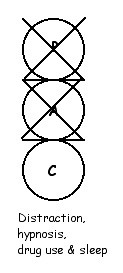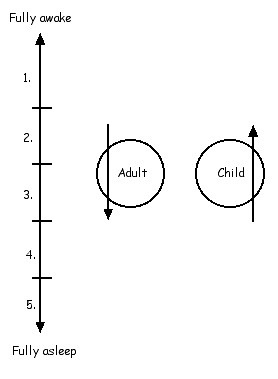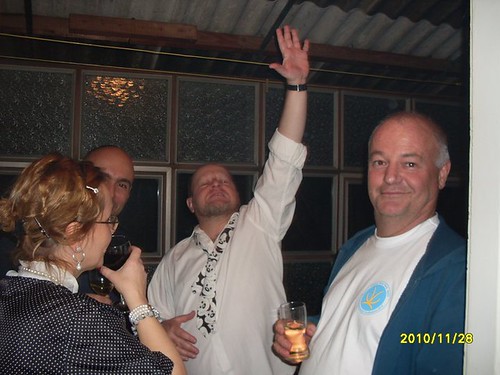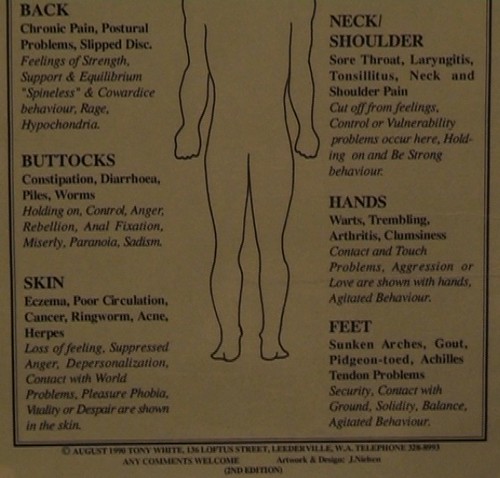KYLady says
“You mentioned that hypnotic suggestions work better when the person is distracted and this raises a question. A lady I work with has lost almost 15 pounds over the past 6-7 months and gives credit it to a CD she listens to every night that is hypnosis for weight loss (i.e. meaning the suggestions have encouraged her to exercise more and eat differently). I bought the CD a month ago to see if it would work any wonders for me, but so far no results whatsoever that I can identify. The instructions on the CD jacket say it works best to listen to it before going to sleep or first thing in the morning. It seems to me that these are times when a person is less distracted”
Good comment KYLady.
The first response I would have to it is: what is hypnosis?
This was originally a technical term that described a specific type therapeutic procedure that was highlighted by Freud. Ever since then it has fascinated the general public and thus the term was been used in a wide variety of ways over the years and now can many different things.
Using the word ‘hypnosis’ to sell a weight loss CD may be something quite different to what the term means in the technical therapeutic sense. Having said that however, I would tend to agree with what you have written.

As I said in the previous post if one can remove the Parent and Adult and communicate with the Child ego state alone then that has considerable therapeutic potential. One way to do that is to distract the Parent and Adult or use regression.
In counselling clients can often regress significantly and they become very child like. When in that state the Parent and Adult are decommissioned and the Child ego state is left alone. Hence the statements in my previous post about methods for communicating with the Child ego state when the client is regressed.
There are other ways to get the same kind of functioning in the ego states as the diagram shows

Hypnotising someone, distracting them in some way, being intoxicated and being asleep are all regressive states for us. This is why Freud placed so much emphasis on dreams. It gives us an way of listening to the persons unconscious. Dreams are literally the unconscious talking which it is freed up to do when the person is asleep and the Adult and Parent are gone.
If a person is asleep then I am afraid they are not going to hear the words on the CD and thus any hypnotic suggestion is not going to work because it wont be heard. However it is interesting to read you say:
“The instructions on the CD jacket say it works best to listen to it before going to sleep or first thing in the morning”
As the diagram below shows between being awake and asleep there are actually 5 different levels of consciousness. In the middle ones people are kind of half awake and half asleep. The more asleep you become the more the Adult (& Parent) go down and the more the Child ego state assumes prominence in the personality.

So maybe the CD maker is wanting to use this. By suggesting the times of just before and just after sleep the person may be still awake enough to hear it but still having the Adult decommissioned enough. Other than that it maybe just another snake oil salesman selling a dodgy CD.
Weight loss while you sleep sounds almost too good to be true, so it probably is.
However the CD maker has done his or her home work. In between being fully awake and fully asleep some people can do odd things. Somnambulism or sleep walking is one example. EEG studies show that sleep walkers can have an odd mixtures of delta and alpha waves. This means that the person is sort of in two different levels of sleep at the one time. Most people do not do this. The sleep walker maintains enough Adult ego state to managing walking but also has the regressed Child ego state in charge so they are “unconscious” at the same time. Hence they can walk and be asleep at the same time.

The other thing about sleep walking is that it usually originates in childhood and most people grow out of it. The Adult ego state in children is weaker than in grownups. Maybe as the Adult ego state gets more robust in fully grown people the influence of the Child ego state in the unconscious state diminishes. Thus when the Adult ego state is awake it is awake and the half state of being in Adult ego state is less possible. Maybe?
Graffiti
















